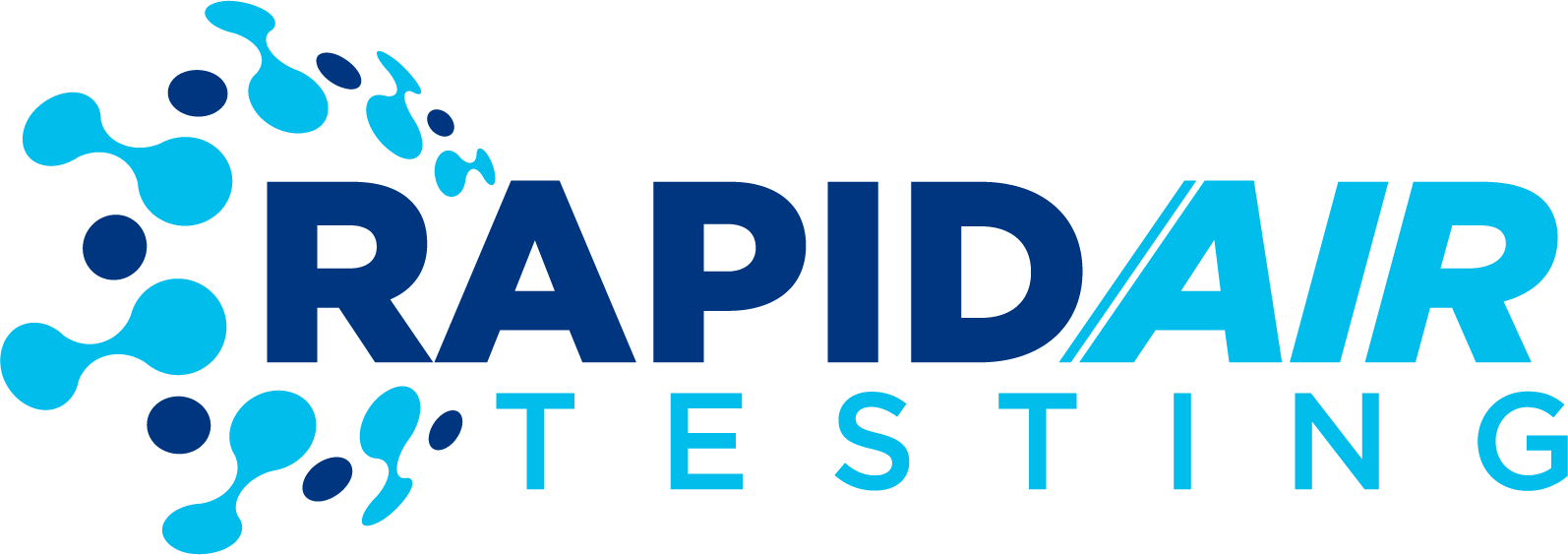Before you panic about that strange patch of mold on your wall, let’s debunk some common myths about residential mold inspections. Understanding the facts is crucial for maintaining a healthy home environment.
1. Uncovering the Truth About Household Mold
Household mold is often misunderstood. Contrary to popular belief, not all mold types are harmful to your health. In fact, mold plays a vital role in nature by breaking down organic matter. However, certain types of mold, when present indoors in high concentrations, can pose health risks. It’s essential to differentiate between benign molds and those that require professional intervention.
Moreover, mold can grow in various areas within a home, including walls, ceilings, carpets, and even hidden spaces like within walls or under floors. Understanding where mold can thrive helps in effectively addressing and preventing its growth.
By debunking misconceptions surrounding household mold, you can better protect your home and loved ones from potential health hazards. Remember, staying informed is the first step towards a mold-free environment.
2. The Impact of Mold on Indoor Air Quality
The impact of mold on indoor air quality is significant. Mold spores can become airborne and circulate through your home, affecting the air you breathe. Poor indoor air quality can lead to various health issues, especially for individuals with respiratory conditions or allergies.
Contrary to the misconception that mold growth is merely unsightly, the reality is that it can deteriorate indoor air quality, leading to symptoms like coughing, sneezing, and respiratory irritation. Addressing mold growth promptly through professional inspections is crucial for maintaining a healthy living environment.
Don’t underestimate the impact of mold on your indoor air quality. Regular inspections and swift action can help safeguard your family’s respiratory health and overall well-being.
3. Dispelling Myths Surrounding Mold Detection Methods
When it comes to mold detection, myths abound regarding the effectiveness of DIY methods. While DIY kits are available, they may not provide accurate results or identify all mold present in your home. Professional mold inspectors utilize specialized equipment and expertise to detect mold growth accurately.
Additionally, some believe that visible mold is the only indicator of a problem. However, mold can also exist in hidden areas, requiring comprehensive testing and inspection techniques to uncover. Relying on professional mold detection methods ensures a thorough assessment of your home’s mold situation.
By debunking misconceptions about mold detection methods, you can make informed decisions about the most appropriate inspection approaches for your home. Trusting professionals for mold detection is key to accurately assessing and addressing mold issues.
4. Understanding the Difference Between Mold and Mildew
Distinguishing between mold and mildew is crucial in mold inspection. While both are types of fungi that thrive in moist environments, they exhibit distinct characteristics. Mold tends to have a fuzzy or slimy texture and can appear in various colors, while mildew is typically powdery and appears in shades of white or grey.
Moreover, the treatment and prevention methods for mold and mildew differ. Mold requires professional remediation due to its potential health risks, while mildew can often be addressed with DIY cleaning solutions. Understanding these differences is essential for implementing the right strategies to combat their growth effectively.
By educating yourself on the variance between mold and mildew, you can take proactive measures to address their presence in your home. Awareness of these distinctions empowers homeowners to tackle mold and mildew issues promptly and efficiently.
5. Debunking Mold Remediation DIY Techniques
DIY mold remediation techniques are a common misconception in dealing with mold issues. While DIY solutions may seem cost-effective, they often fail to address the root cause of mold growth and can lead to incomplete removal, allowing mold to return.
Professional mold remediation involves comprehensive assessment, containment of affected areas, proper removal techniques, and preventive measures to inhibit future mold infestations. Attempting to remediate mold growth without professional guidance can result in health risks and structural damage.
6. The Hidden Dangers of Black Mold
Black mold, or Stachybotrys chartarum, is often associated with various health risks and structural issues. Contrary to the belief that all black molds are toxic, not all types of black mold produce mycotoxins harmful to humans. However, black mold infestations should be treated with caution and addressed promptly.
Exposure to black mold spores can lead to respiratory problems, allergic reactions, and other health issues, particularly in individuals with weakened immune systems. Identifying and eliminating black mold requires specialized techniques and protective measures to mitigate health risks effectively.
By understanding the hidden dangers associated with black mold, homeowners can prioritize professional inspections and remediation to ensure the safe and thorough removal of this hazardous mold type from their living spaces.
7. Common Misconceptions About Mold Testing Procedures
Mold testing procedures are often misunderstood, with many believing that testing is unnecessary unless mold growth is visible. In reality, mold testing is essential for detecting unseen mold, assessing indoor air quality, and identifying potential hidden mold sources.
Professional mold testing involves air sampling, surface sampling, and moisture testing to provide a comprehensive evaluation of mold presence in a home. By debunking misconceptions about mold testing, homeowners can gain insight into the value of thorough testing procedures in safeguarding their living environment.
8. Addressing Health Risks Associated with Mold Exposure
Health risks associated with mold exposure are often downplayed or overlooked. Prolonged exposure to mold spores can trigger respiratory issues, allergic reactions, skin irritation, and other adverse health effects, especially in susceptible individuals.
Furthermore, certain molds produce mycotoxins that can be harmful when inhaled or come into contact with the skin. Individuals with allergies, asthma, or compromised immune systems are particularly vulnerable to the health risks posed by mold exposure. Prioritizing professional inspections and remediation is crucial for minimizing these health hazards.
9. Myth vs. Fact: Mold Growth in Different Climates
The notion that mold growth is limited to humid climates is a common misconception. While moisture-rich environments are conducive to mold proliferation, mold can thrive in various climates, including dry and arid regions. Temperature, humidity levels, and ventilation all play crucial roles in mold growth, making homes in diverse climates susceptible to mold issues.
Understanding the factors that contribute to mold growth in different climates is essential for homeowners worldwide. By addressing moisture issues, improving ventilation, and conducting regular mold inspections, individuals can effectively combat mold growth regardless of their geographical location.



 Suspected areas of growth
Suspected areas of growth